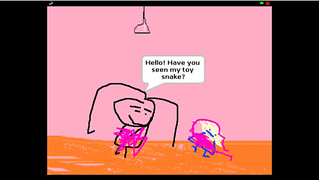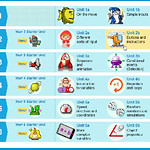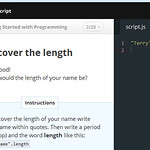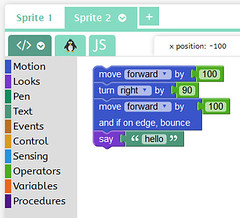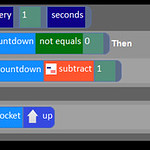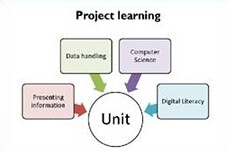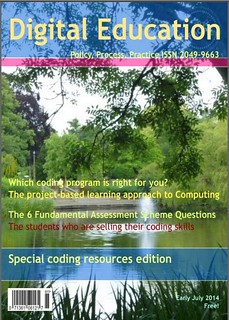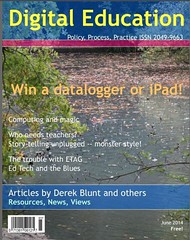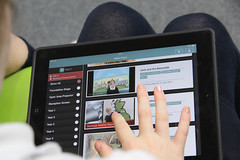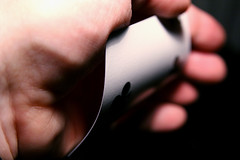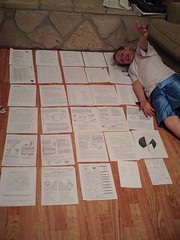 The use of worksheets is often derided. You hear expressions like “death by a thousand worksheets”, and even a Government Education minister (now ex-Minister for Education) has weighed in, saying that teachers should use textbooks instead of worksheets [1].
The use of worksheets is often derided. You hear expressions like “death by a thousand worksheets”, and even a Government Education minister (now ex-Minister for Education) has weighed in, saying that teachers should use textbooks instead of worksheets [1].
Leaving aside the observation that how teachers teach is, in my opinion, none of the Government’s business – it’s the equivalent of telling doctors to use electronic blood pressure monitors rather than the manual kind – there are perfectly compelling reasons to use worksheets in the Computing classroom.

